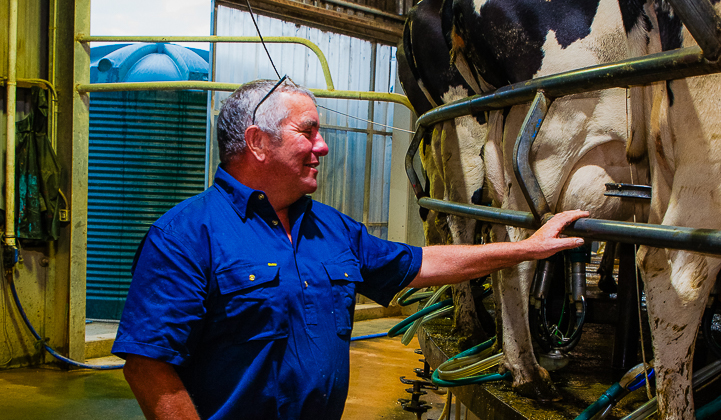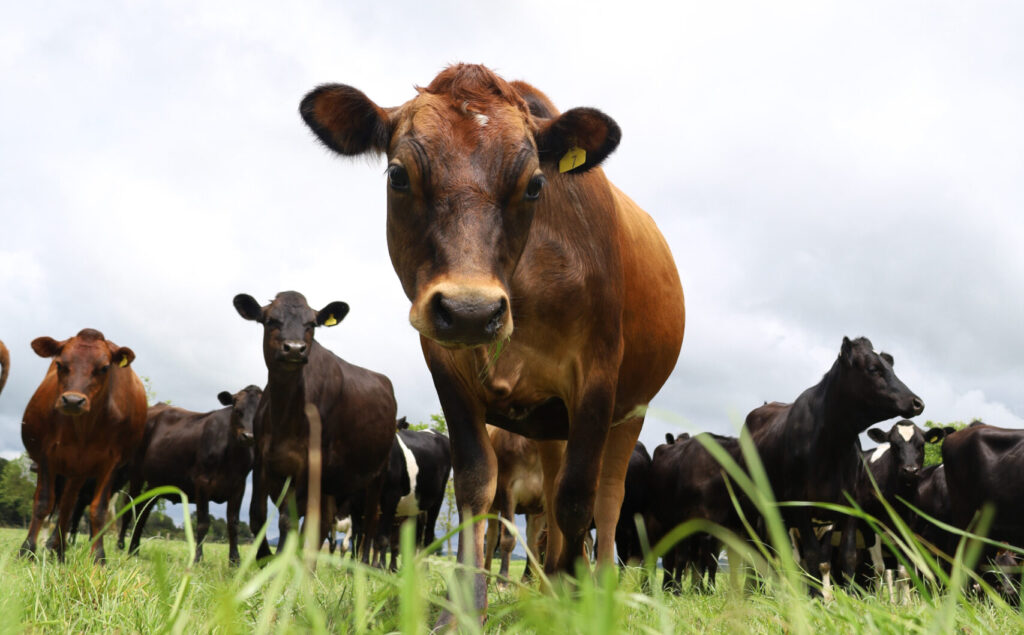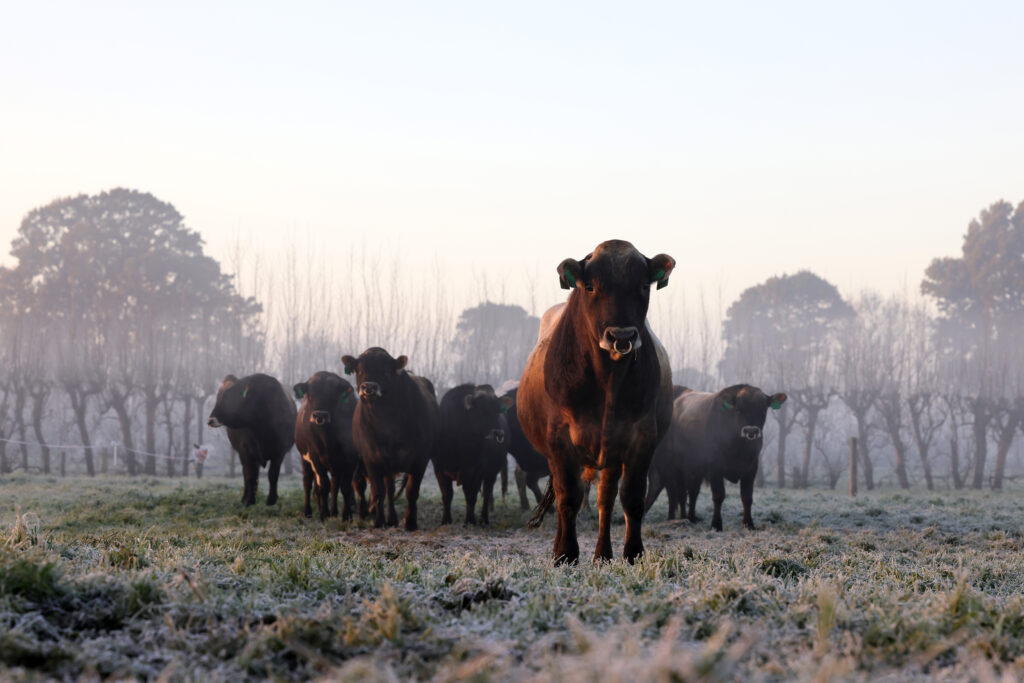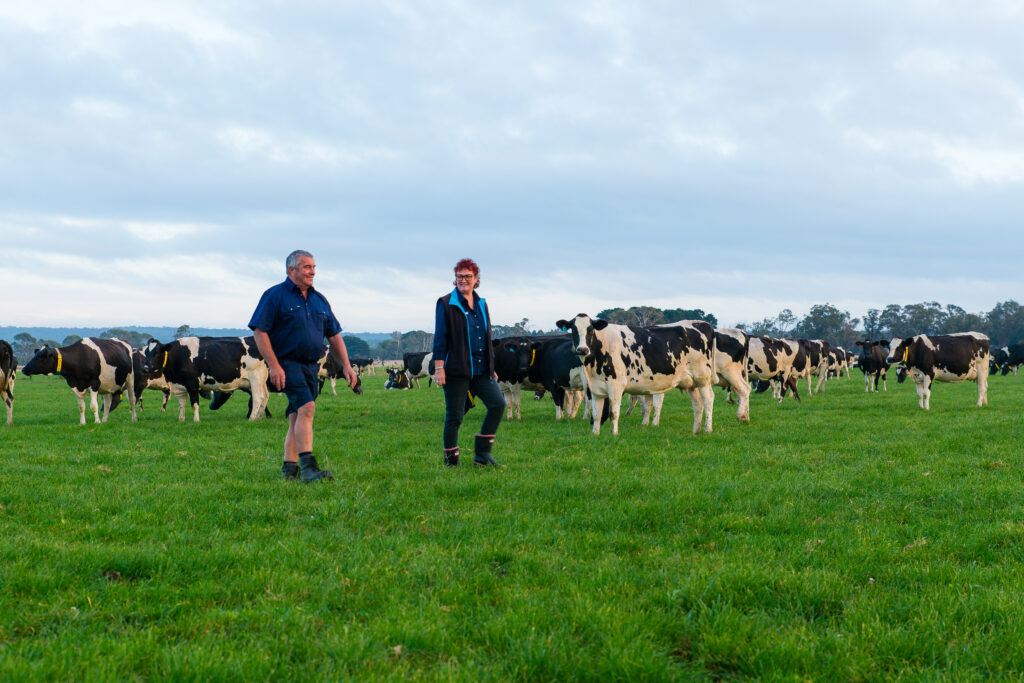The opportunity to breed more climate friendly cows is one step closer for New Zealand dairy farmers after a Waikato trial finds a possible link between a bulls’ genetics and the amount of methane they produce.

The pilot trial, by artificial breeding companies LIC and CRV with funding from the New Zealand Agricultural Greenhouse Gas Research Centre, measured feed intake and methane emissions – in the form of burps – from 20 young bulls destined to father the next generation of New Zealand’s dairy cows. LIC Chief Scientist Richard Spelman says results from the pilot trial are promising.
“Methane production primarily relates to how much an animal eats. We’ve accounted for this and we’re still seeing variation which suggests genetics plays a role in a dairy bull’s methane emissions – now we need more data to prove it.”
The research is progressing to a much larger study to collect measurements from 300 young bulls.
“If this genetic link is confirmed, farmers will ultimately be able to breed low methane-emitting cows from low methane-emitting bulls.”
Although methane emissions have been shown to be heritable, Spelman says they will carry out additional research to validate their findings.
“We will be methane testing daughters from the bulls that are identified to be high or low methane emitters to check their emissions are representative of their father’s.
It’s a long term project but it has the potential to deliver real benefits to farmers in the future by providing another tool to reduce their farm emissions,” Dr Spelman said.
Spelman says while breeding for more climate friendly cows is the focus, it’s still a balancing act with other genetic traits.
“It’s really important that we understand the genetic relationships between methane and traits like milk production and fertility. We don’t want to find we are selecting against methane and inadvertently breeding cows that are less fertile.”
The welfare of the bulls taking part in the trial is being constantly monitored where they have the freedom to move around in their pens; eat, drink and sleep when they wish.
Methane Research project
The trial
- The trial is being run by Livestock Improvement Corporation (LIC) and CRV, which together sire 90 per cent of the New Zealand dairy herd through their artificial breeding bulls.
- The project has received funding from the New Zealand Agricultural Greenhouse Gas Research Centre (NZAGRC).
- The bulls involved in the trial are housed in a barn so their feed intake can be measured.
- Bulls help themselves to feed throughout the day. They eat Lucerne hay cubes via feed bins which measures how much each bull eats.
- The bulls independently visit the Greenfeed machine (a special methane measuring device).
- They’re enticed to visit the machine as they get a small feed of pellets which keeps them in the machine for three to five minutes – enough time to get a methane measurement (ruminant animals burp every 1-2 mins).
- Bulls are under 24/7 video surveillance so scientists can monitor them remotely. It also allows scientists the ability to go back and review footage if they see any odd pieces of data from the machines that need further explanation.
Project timeline
2020:
- Pilot trial measuring methane from 20 young bulls completed
2021:
- Main trial commences measuring methane from approx. 300 young bulls (2020 intake of bulls from LIC and CRV’s Sire Proving Scheme)
2022:
- Methane measured from approx. 300 young bulls (2021 intake of bulls from LIC and CRV’s Sire Proving Scheme)
- Offspring from bulls in main trial born
2023:
- Methane measured from approx. 300 young bulls (2022 intake of bulls from LIC and CRV’s Sire Proving Scheme)
2024:
- Daughters from bulls in main trial lactating – methane measurements taken from daughters to ensure they’re representative of the methane measurements captured in trial and validate heritability e.g. low methane-emitting bulls produce low methane-emitting offspring, high methane-emitting bulls produce high methane-emitting offspring. If this is successful then:
2025:
Final product! All artificial breeding bulls from LIC and CRV have a methane breeding value, allowing farmers to select bulls who will produce low methane-emitting cows



